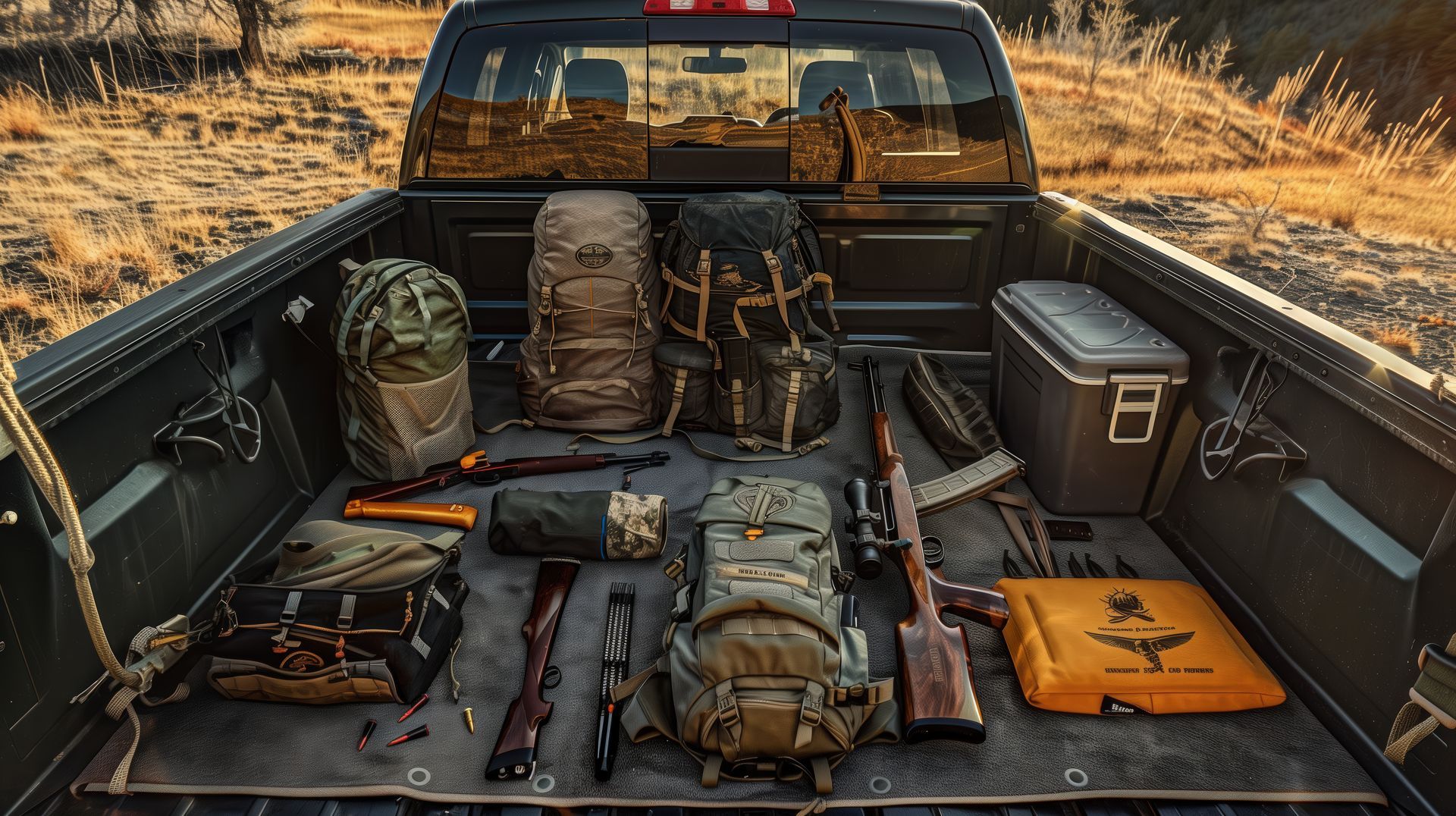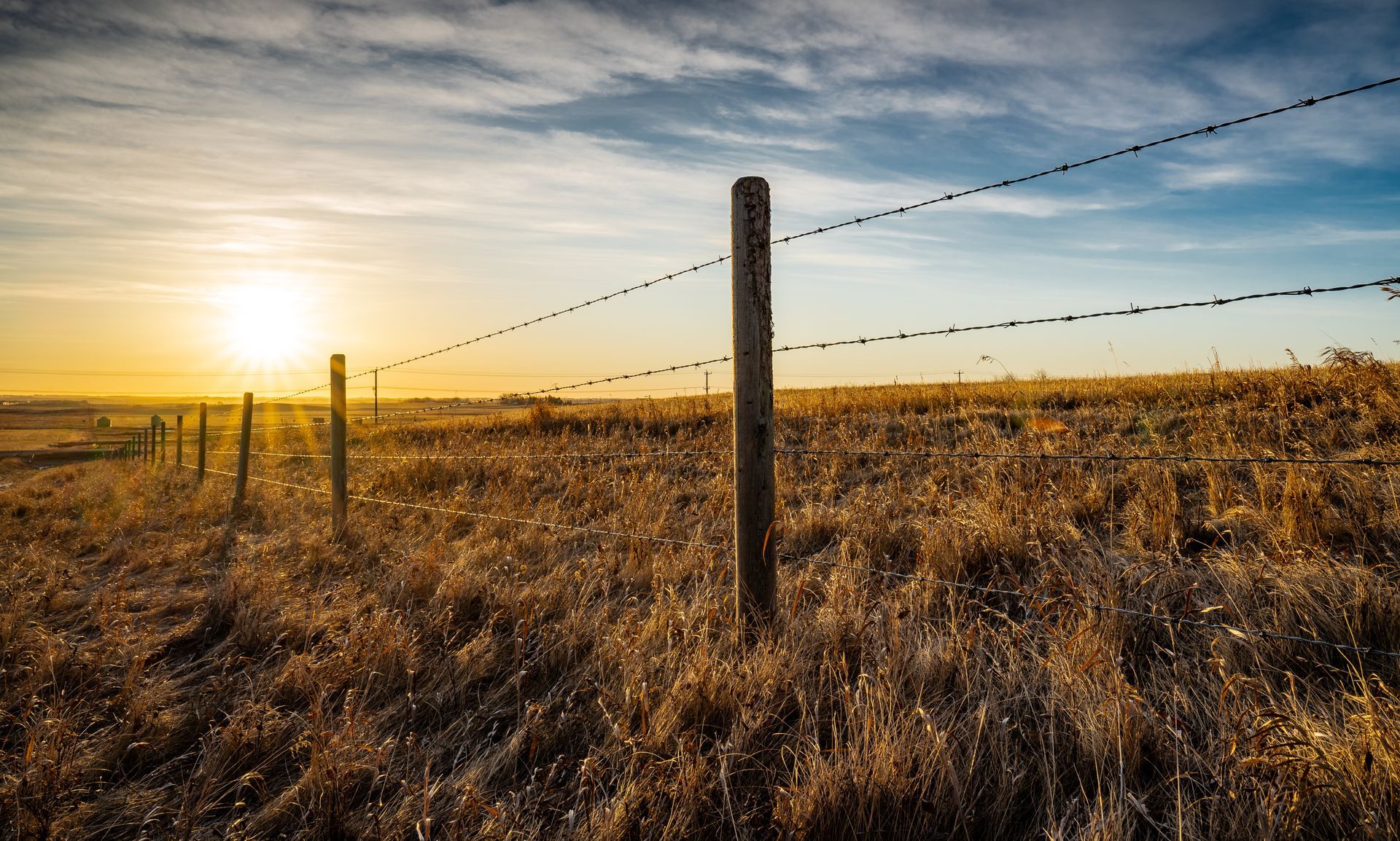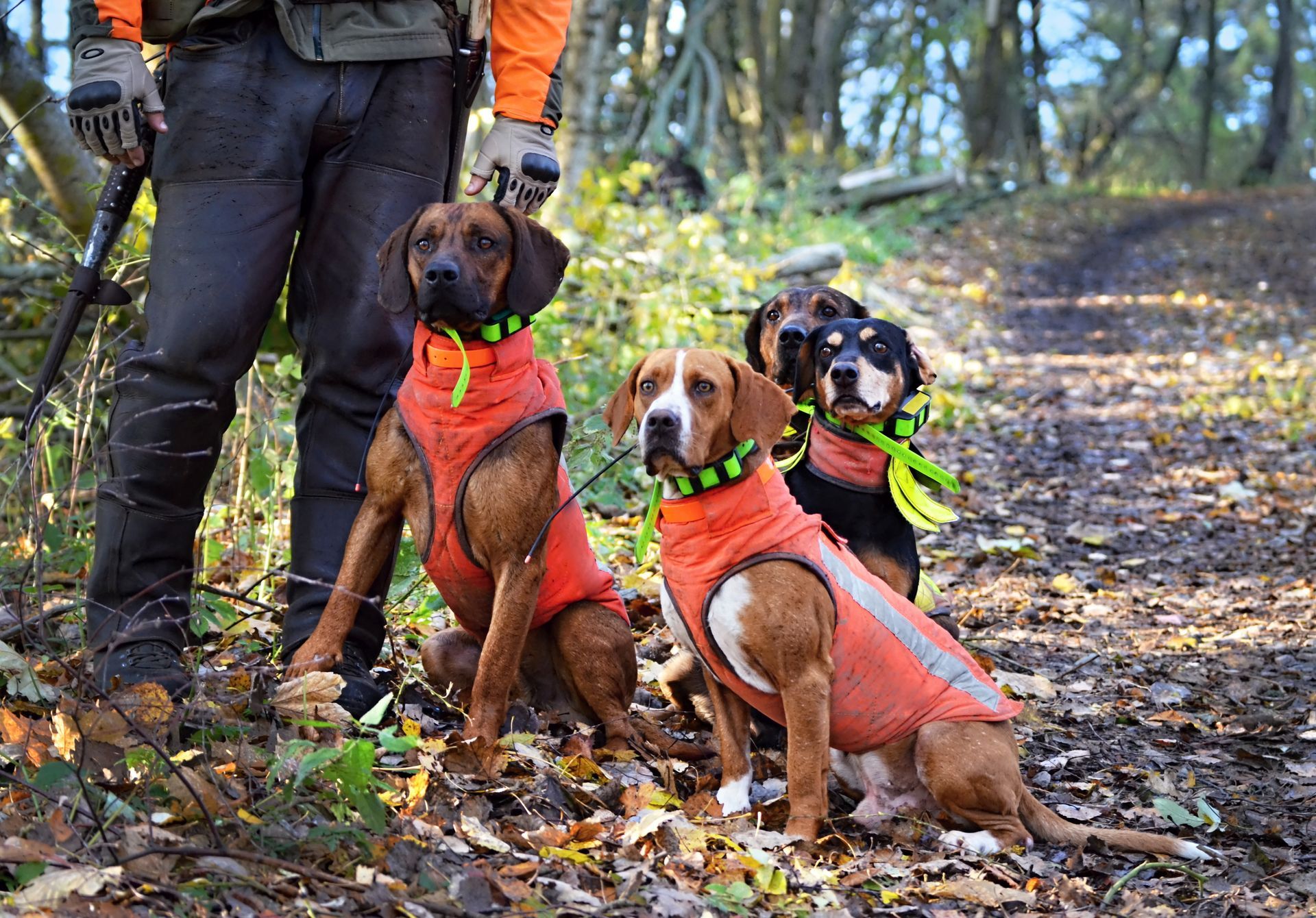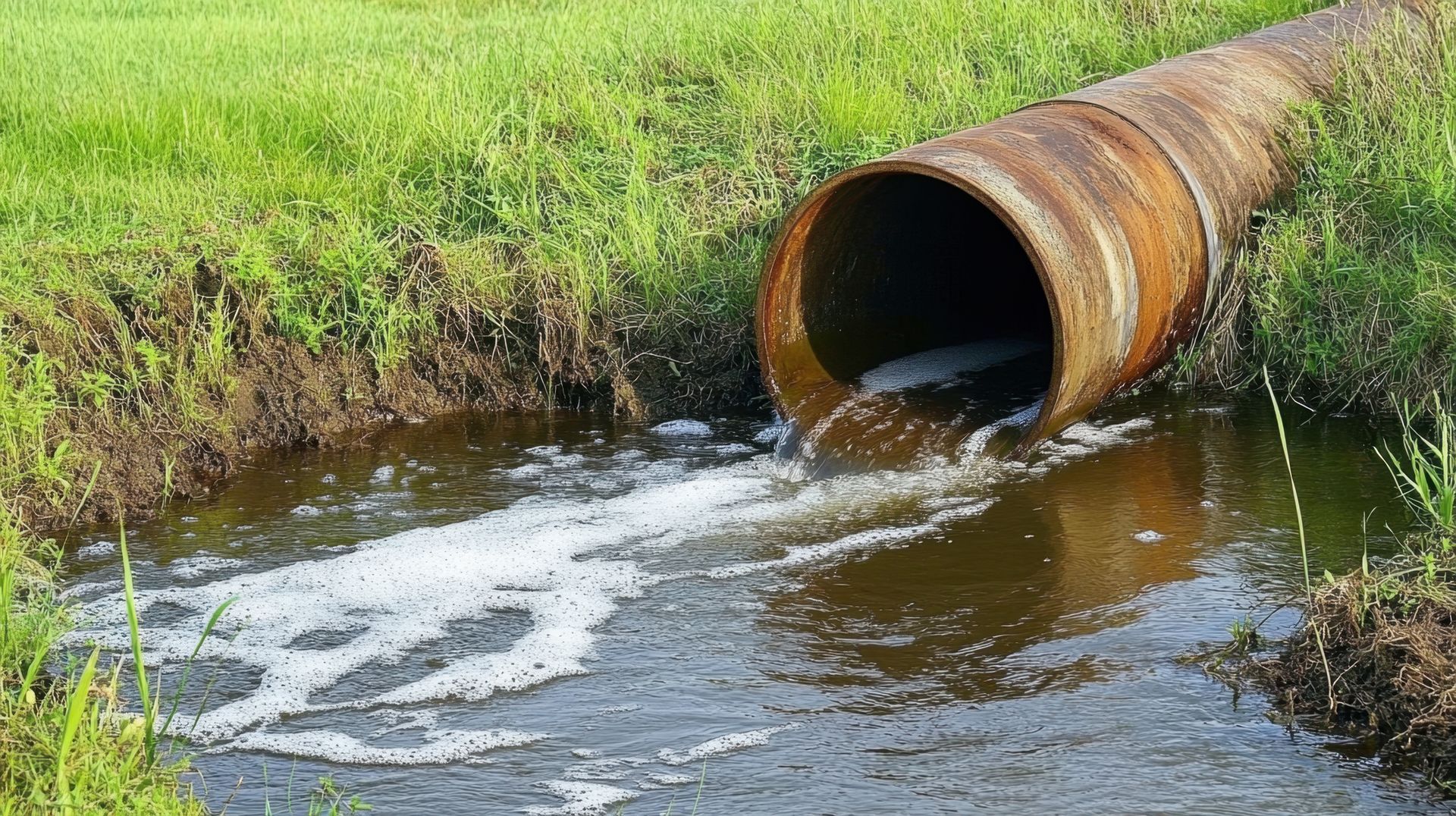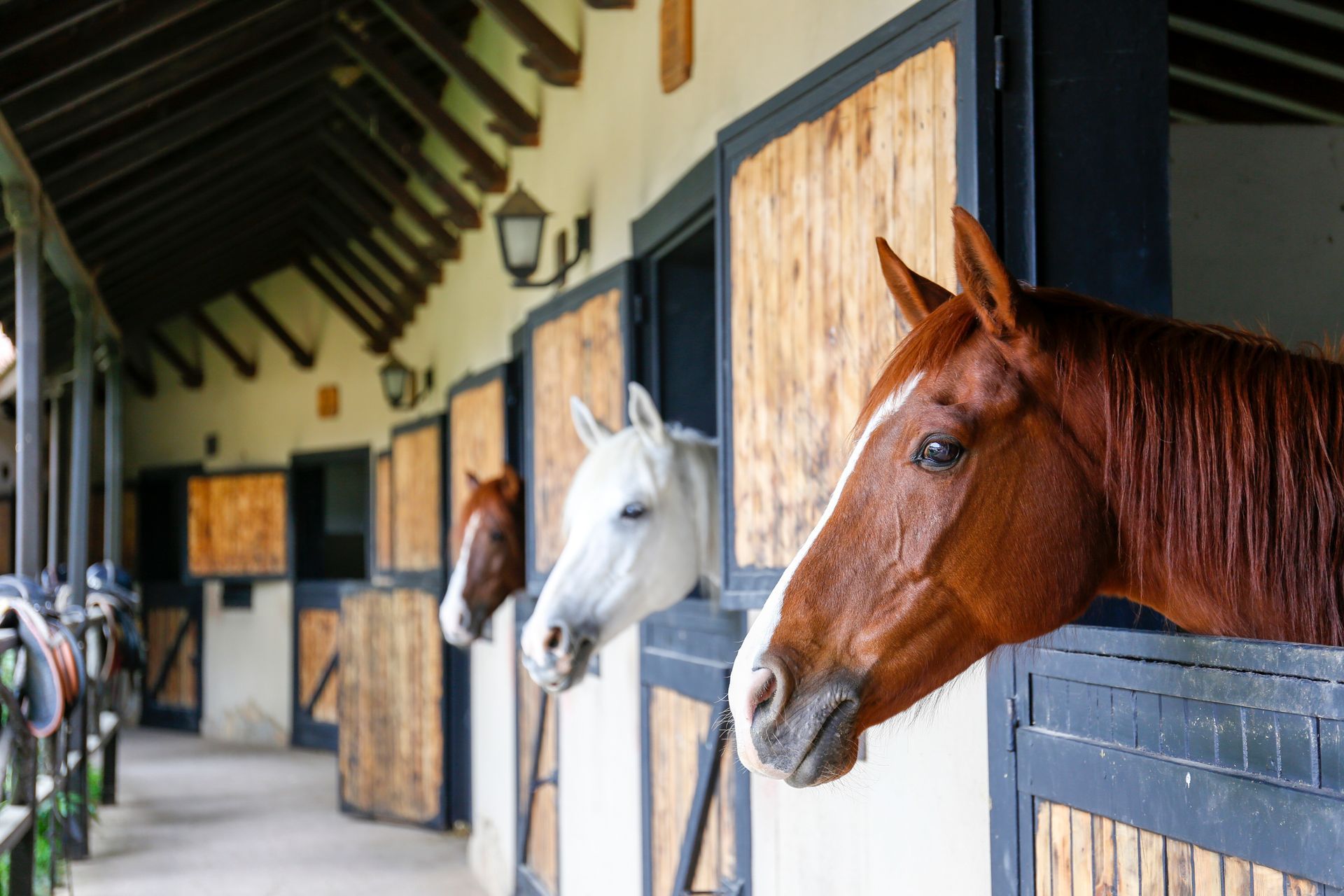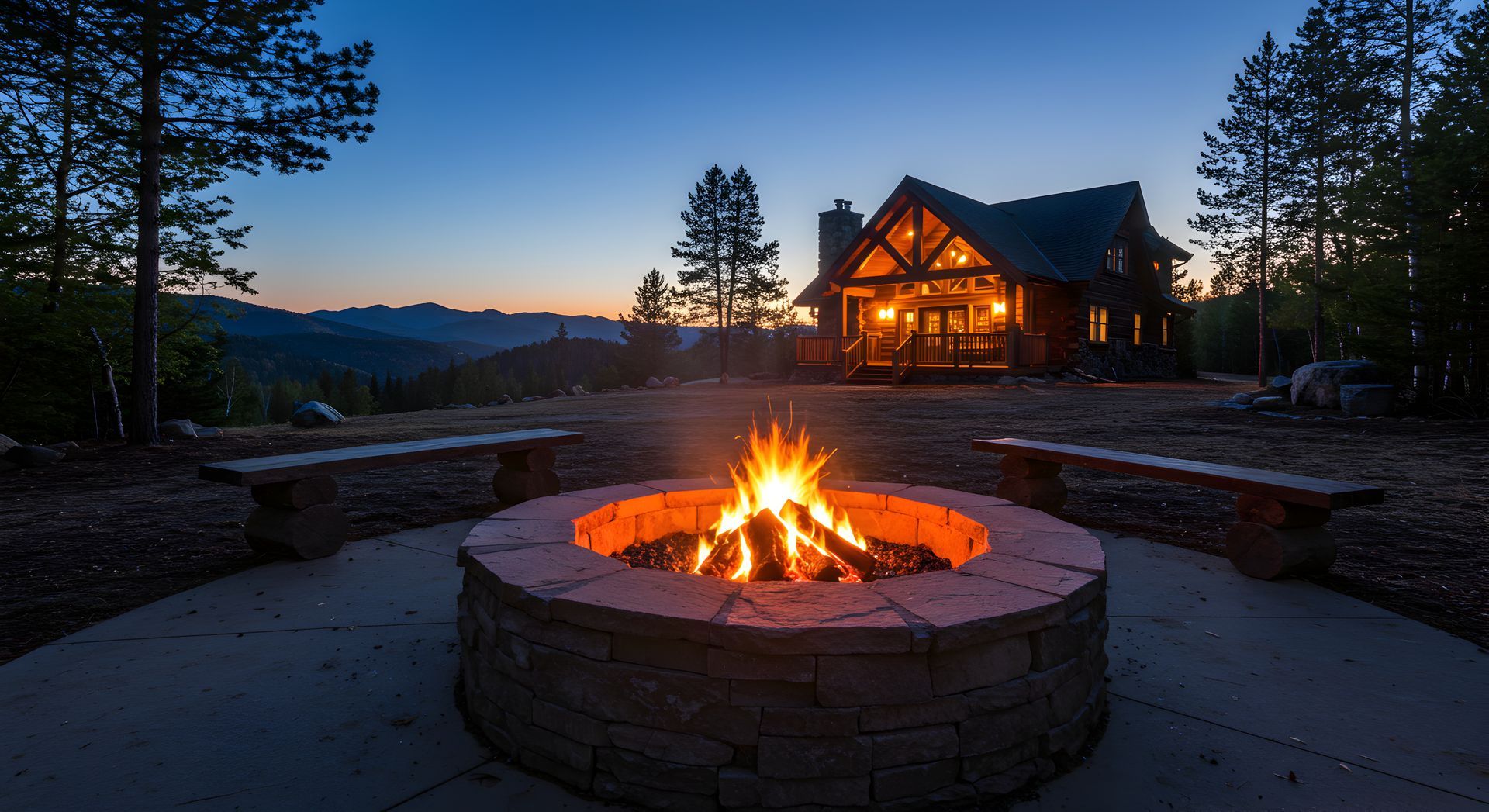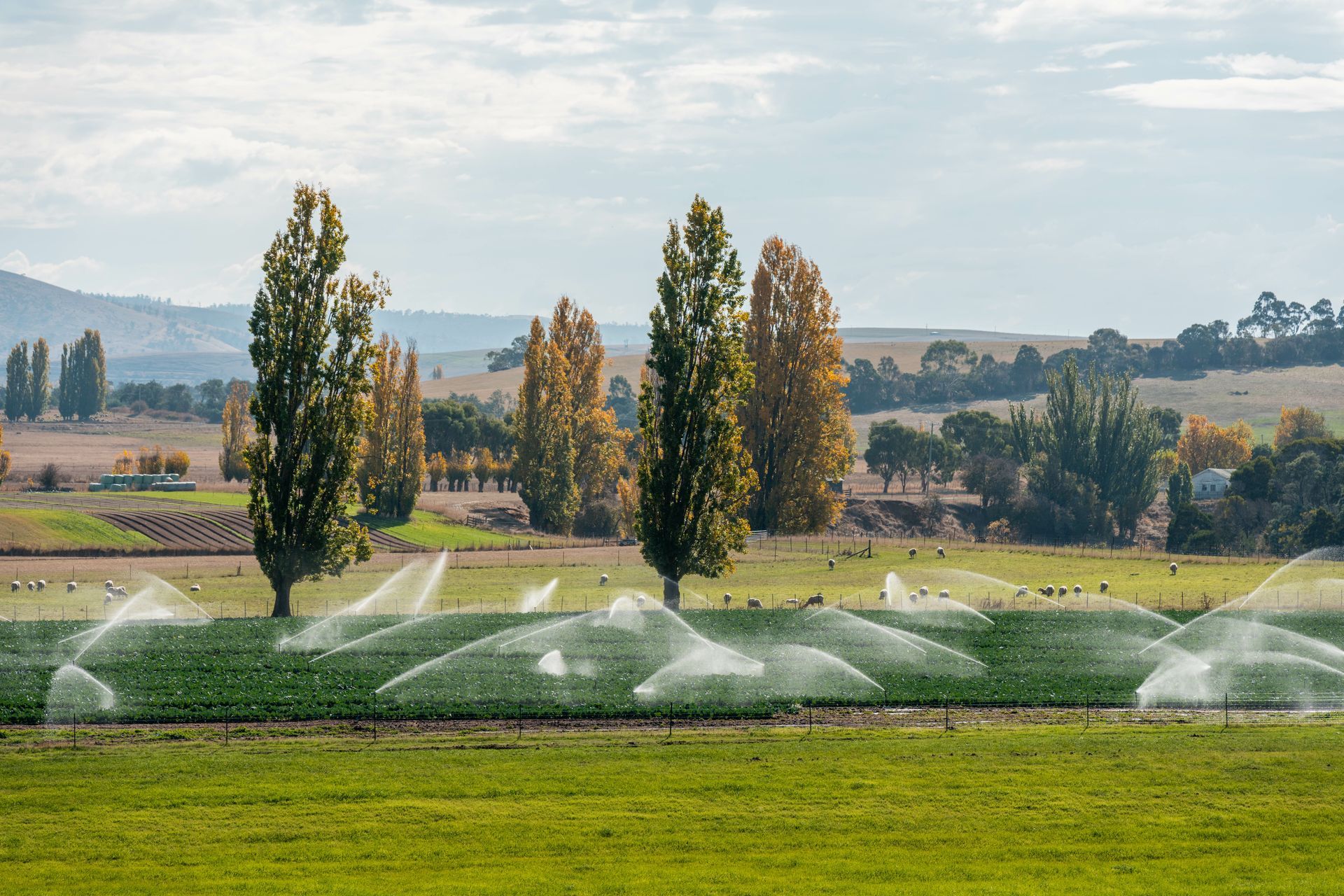How Ranches Control and Eliminate Invasive Plant Species
April 16, 2025
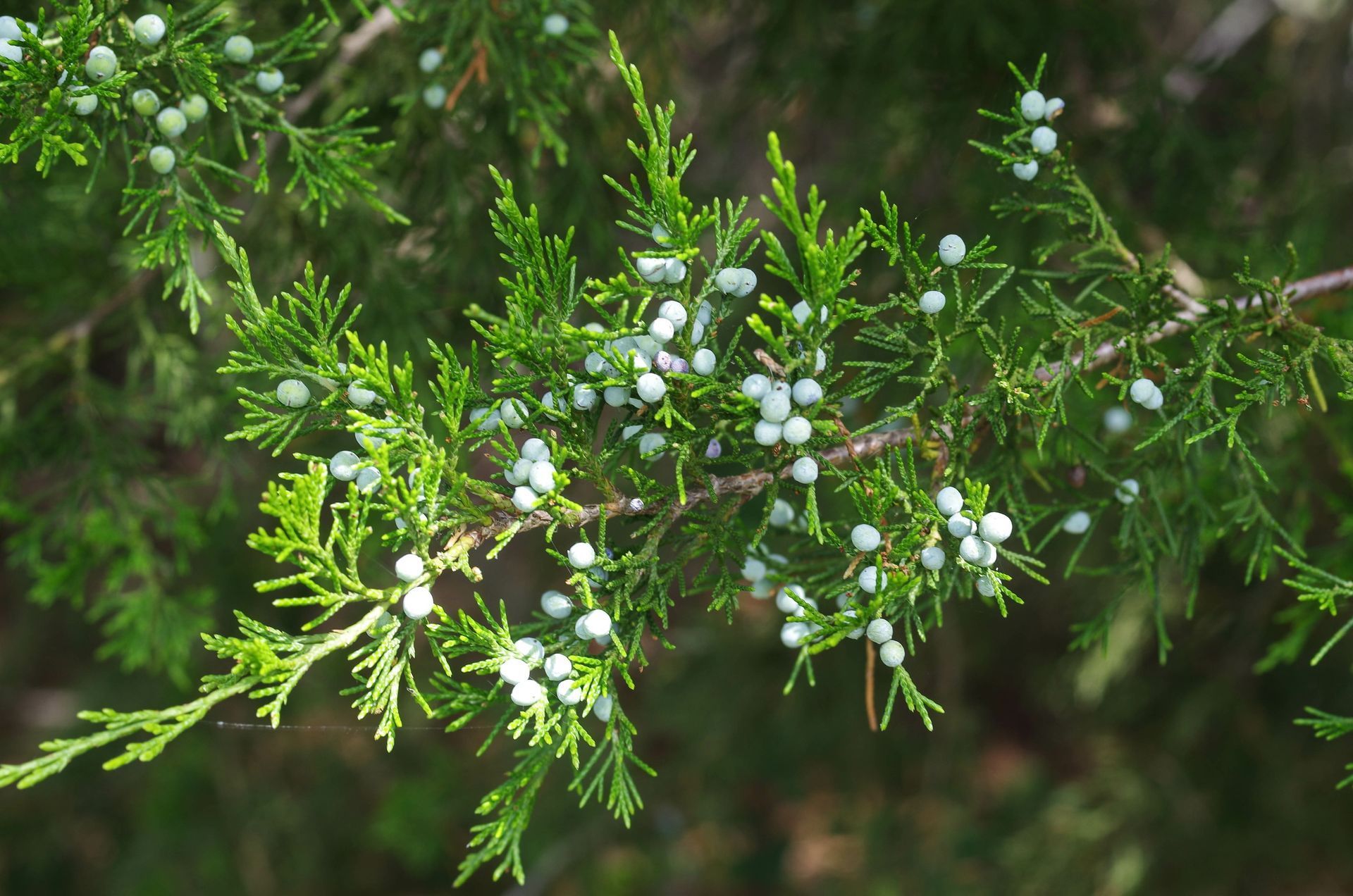
Ranching in Texas is as much about land stewardship as it is about raising livestock and enjoying the great outdoors. One of the biggest challenges landowners face is managing invasive plant species—aggressive, non-native plants that outcompete native vegetation, reduce forage quality, and threaten the local ecosystem. Left unchecked, these species can degrade the land, spoil its natural beauty, and make it less productive for cattle and wildlife.
Independent ranches as well as private ranch communities like Ranger Ridge use a variety of strategies to control and eliminate invasive plants, ensuring the land remains healthy and thriving for generations to come.
Here are some of the most common species causing concern across the state:
Contact us through our website or call (817) 618-6773 to learn more about owning well-maintained ranch land in the heart of Texas.
Independent ranches as well as private ranch communities like Ranger Ridge use a variety of strategies to control and eliminate invasive plants, ensuring the land remains healthy and thriving for generations to come.
About Invasive Species in Texas
Not all invasive plants in Texas are non-native—some, like mesquite, are native species that become aggressive under certain conditions. Overgrazing, fire suppression, and soil disturbance can give these plants an unnatural advantage, allowing them to spread rapidly and disrupt native ecosystems.Here are some of the most common species causing concern across the state:
- Mesquite
– While native, mesquite can become invasive in overgrazed pastures, out-competing grasses and reducing usable land.
- Juniper (Cedar)
– Like mesquite, native Ashe juniper and redberry juniper are considered invasive when they unnaturally dominate an area due to fire suppression efforts and grazing patterns. They can reduce water availability for other native plants and grasses if not controlled.
- Huisache
– A thorny shrub native to south Texas and Mexico, huisache is invasive in our region and can spread aggressively, limiting grazing land.
- Chinese Tallow
– A truly non-native tree that crowds out native hardwoods and decreases biodiversity.
- King Ranch Bluestem
– Another non-native invasive plant species, this grass from Asia and Africa can take over pastures, reducing the diversity of forage options.
- Sericea Lespedeza
– A non-native legume that outcompetes native grasses in North and Central Texas. It can be particularly difficult to eliminate.
- Johnsongrass
– This non-native grass can reduce biodiversity and is toxic to livestock in certain conditions. Unfortunately, it can thrive in disturbed soils, pastures, and fence lines in our region.
- Prickly Pear Cactus – Another Texas native that can become invasive in overgrazed ranchland. The dense strands prickly pear forms can reduce usable pastureland and squeeze out grasses.
Mechanical Control: Clearing the Land
One of the most direct ways to remove invasive species is mechanical control—physically removing unwanted plants. Some methods of mechanical control include:- Bulldozing & Root Plowing
– Heavy machinery removes large stands of invasive trees, cactus, and shrubs, including their root systems, to prevent regrowth.
- Mulching & Mastication
– Special forestry equipment grinds trees and brush into mulch, improving soil health while eliminating dense invasive growth.
- Hand Cutting – For small areas, ranchers use chainsaws or loppers to manually cut down invasive species.
Chemical Control: Using Herbicides Responsibly
Herbicides play a crucial role in invasive plant management when used correctly. Selective herbicides target specific species without harming native grasses and plants. Some common applications include:- Foliar Spraying – Spraying leaves with herbicide to kill smaller shrubs and plants.
- Basal Bark Treatment – Applying herbicide to the base of woody plants, allowing it to be absorbed into the root system.
- Cut-Stump Treatment – After cutting down an invasive tree, applying herbicide to the stump to prevent resprouting.
Prescribed Burning: Nature’s Reset Button
Fire has been a natural part of the Texas landscape for thousands of years. One of the primary contributing factors to the spread of invasive species is human interference with this natural process. Some ranches use prescribed burns to:- Control invasive brush species like juniper and mesquite.
- Promote the growth of native grasses by clearing out dead plant material.
- Improve soil fertility by returning nutrients to the ground.
Grazing Management: Using Livestock to Fight Invasives
Proper grazing management is essential for preventing the spread of invasive plants. Overgrazing weakens native grasses, allowing aggressive species to take over. Strategies to prevent this include:- Rotational Grazing – Moving livestock between pastures to give grasses time to recover.
- Targeted Grazing – Using goats or sheep to selectively graze on certain invasive plants.
- Stocking Rate Adjustments – Ensuring that the number of animals on the land doesn’t exceed its carrying capacity.
Biological Control: Letting Nature Do the Work
In some cases, nature provides its own solutions. Biological control involves introducing insects, fungi, or other organisms that naturally reduce invasive plant populations. Examples include:- Leaf Beetles for Saltcedar Control – These beetles feed on saltcedar, a highly invasive tree in Texas waterways.
- Fungal Pathogens for Chinese Tallow – Certain fungi help suppress Chinese tallow growth.
Replanting and Restoring Native Vegetation
Once invasive species are removed, the next step is restoring native plants to ensure they don’t return. Common restoration practices include:- Seeding Native Grasses – Species like Little Bluestem, Indian Grass and Switchgrass improve soil stability and provide excellent forage.
- Planting Native Shrubs and Trees – Encouraging beneficial species like oaks and elms enhances biodiversity.
- Soil Management – Adding compost or cover crops helps rebuild soil health after aggressive invasive removal.
Looking for Ranch Land in Texas That’s Already Been Restored and Is Professionally Managed?
Finding a ranch with expertly restored and managed land means you can focus on enjoying your property and native Texas wildlife instead of fighting invasive species. If you're searching for a piece of Texas that’s been painstakingly restored to its original beauty, consider exploring available land opportunities at Ranger Ridge today.Contact us through our website or call (817) 618-6773 to learn more about owning well-maintained ranch land in the heart of Texas.

